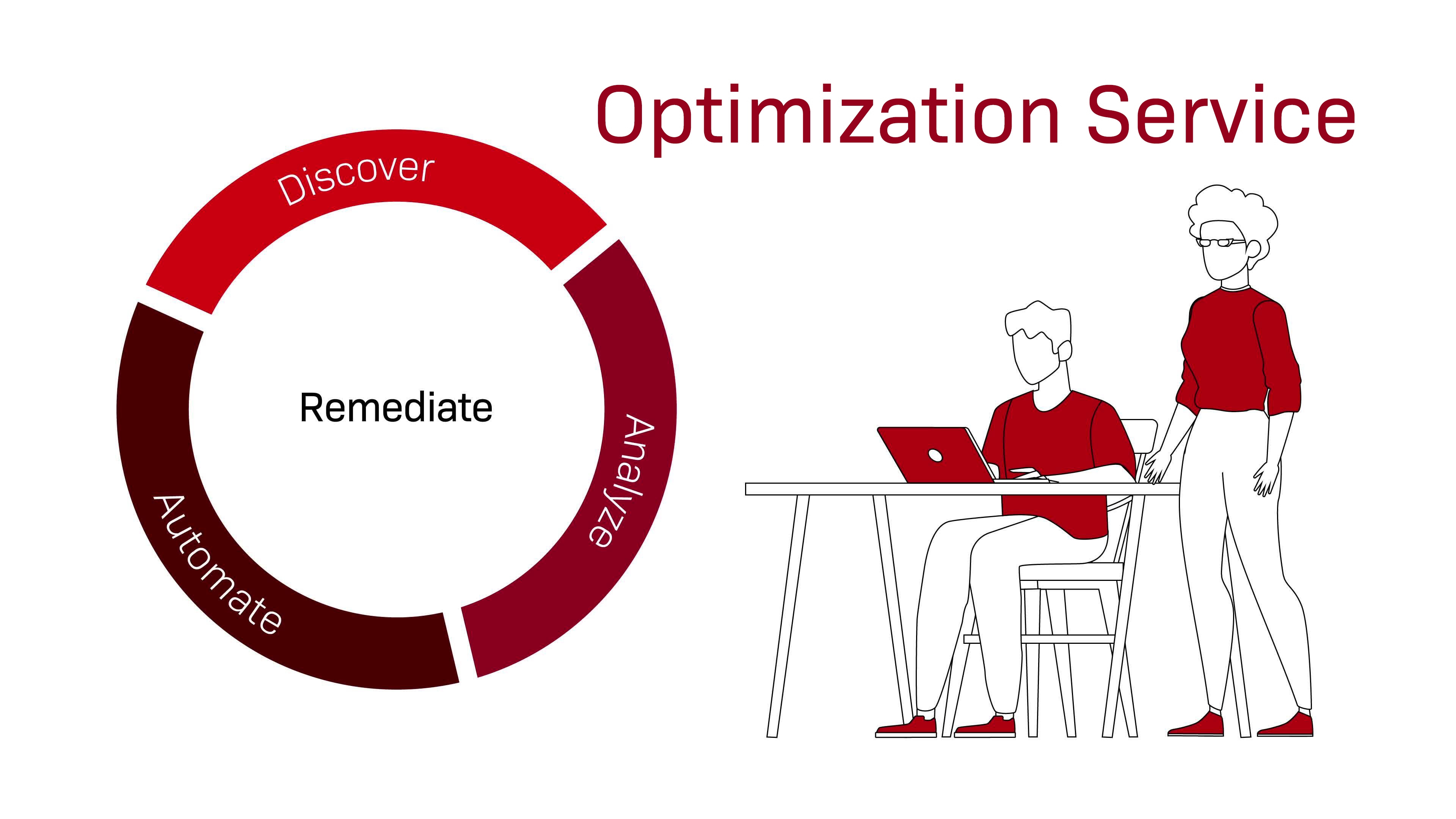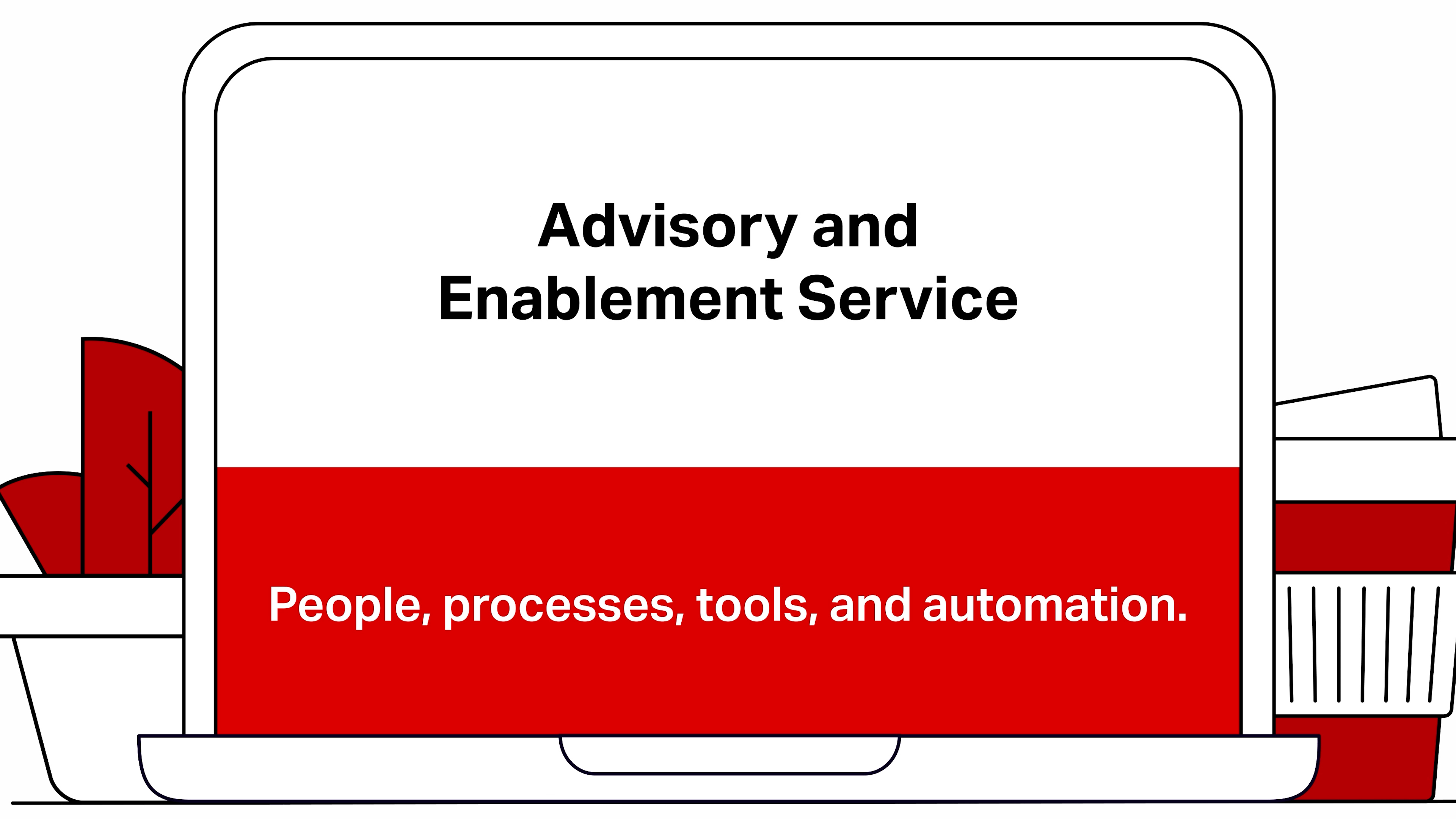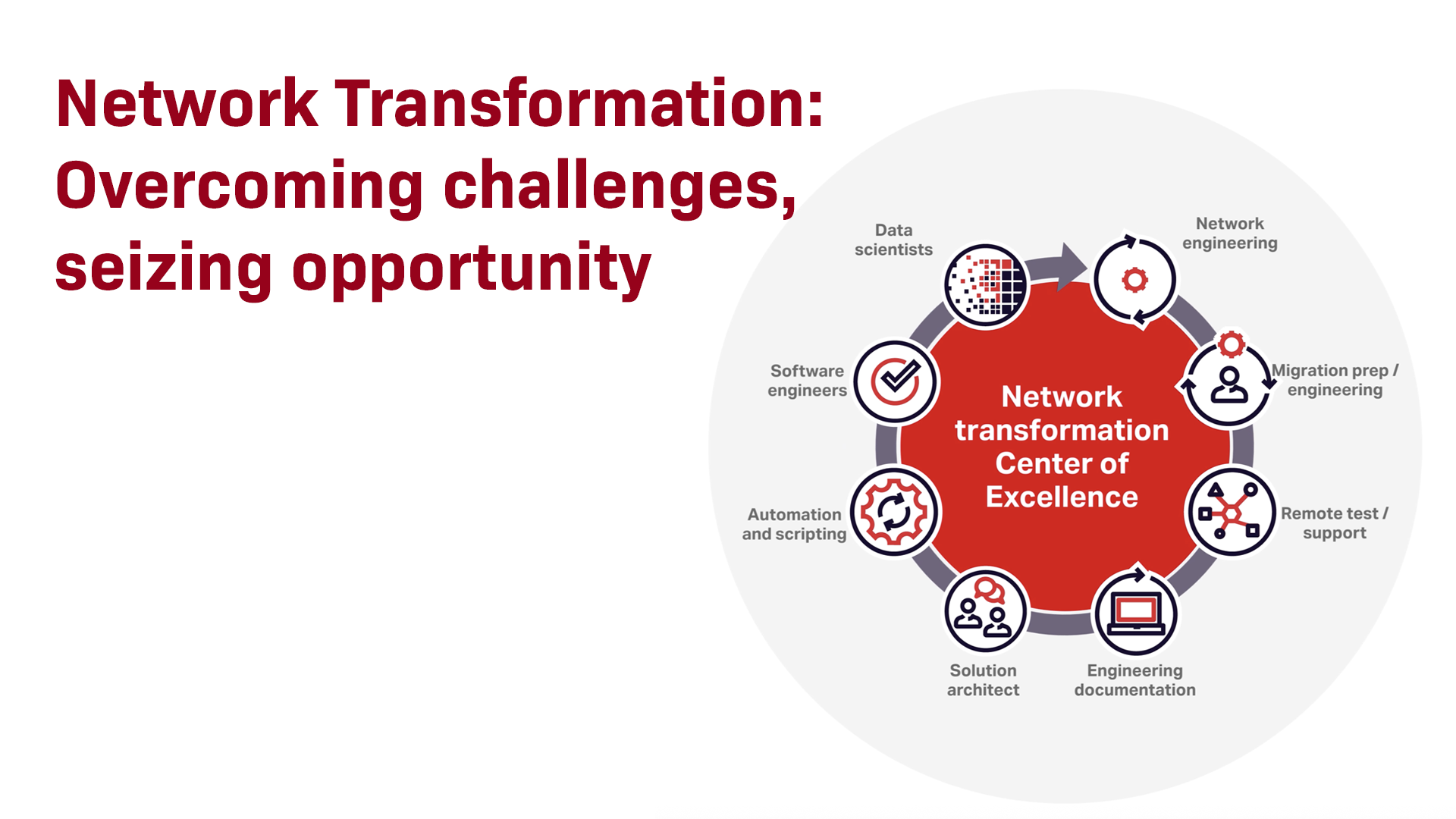How you can accelerate and de-risk your network transformation with Lifecycle Management
It can seem that most technology vendors just want to sell you equipment and oversee deployment activities until their kit is live in your network. However, their primary concern may not be whether their solution is delivering the business benefits you set out to achieve.
This deployment-focussed approach can leave you at a loss as to how to fine-tune and optimize your environment. That means you may be unable to meet customer SLAs consistently as traffic demands grow, or you may struggle to monetize your network to its fullest potential.
So how can you ensure that you choose the right underlying technologies to support your transformation strategy, and design and build a solution that meets your business needs long term? And how can you operate your upgraded network effectively and optimize its performance and efficiency over time to maximize your competitive advantage and ROI?
Lifecycle Management recognizes that network transformation is a journey and one that is cyclical in nature, not just a deployment.
Why Lifecycle Management (LCM) is the answer
To avoid the dangers of ‘short-termism’ in network upgrade strategies, operators are increasingly turning to LCM. This is a systematic, ‘step-based’ approach to network transformation and ongoing management. This approach means you can deliver projects quickly and cost-effectively, while also ensuring the best business outcomes for your organization and your customers.
Crucially, LCM recognizes that network transformation is a journey and one that is cyclical in nature, not just a deployment. This means every step is carefully structured and documented, with no element of your transformation left to chance. Some of the benefits are a faster, lower-risk deployment and migration, improved customer experience based on optimizing network availability and performance, and the ability to continually assess and ‘future-proof’ your network to avoid costly forklift upgrades in the future.
What exactly does an LCM-based network transformation journey look like?
At the highest level, LCM is a journey that starts with identifying your business goals and requirements and mapping your existing network against your desired end-state. Based on this in-depth planning work, project teams design and deploy a solution that is able to meet your needs in terms of functionality, scalability, efficiency, and performance.
Once the solution has been deployed, migration plans and strategies are executed before ongoing network monitoring and optimization LCM steps are initiated. Instead of leaving you with a skills and experience shortfall after deployment, applying an LCM approach in partnership with your technology supplier ensures that all network components continue to function at their best and are able to deliver maximum value for your business.
Choosing the right partner for LCM-driven transformation
The key to implementing LCM successfully is to choose a partner with specialist services capabilities to deliver all of the key steps in your transformation journey seamlessly. This reduces the risk of inefficient and slow hand-offs between planning, design, delivery and support teams, and ensures that you can deliver network transformation as a single, efficient, process in the shortest possible timeframe.
A specialist LCM partner should be able to offer:
- Comprehensive project delivery capabilities that span solution planning, design, implementation, operations and ongoing network monitoring and optimization.
- Experience of delivering complex network transformation projects in large operator networks globally, along with in-depth knowledge of transitioning carriers to agile, scalable, automated networks.
- The ability to provide a single point of contact for all project activities and processes for regular communications, and updates relating to all areas of the lifecycle and project delivery.
I hope you're feeling inspired to find out more about LCM and how you can use it to accelerate and de-risk your network transformation strategy. If you want specialist advice on making LCM work in your business or want to share your thoughts on how to apply the principles, Ciena and I would love to hear from you.
This is the first post in a series about services, don’t miss the other posts: ‘Sell more, save more, and spend more wisely with Ciena Services’ and 'A new, more efficient (augmented) reality for network operations'








